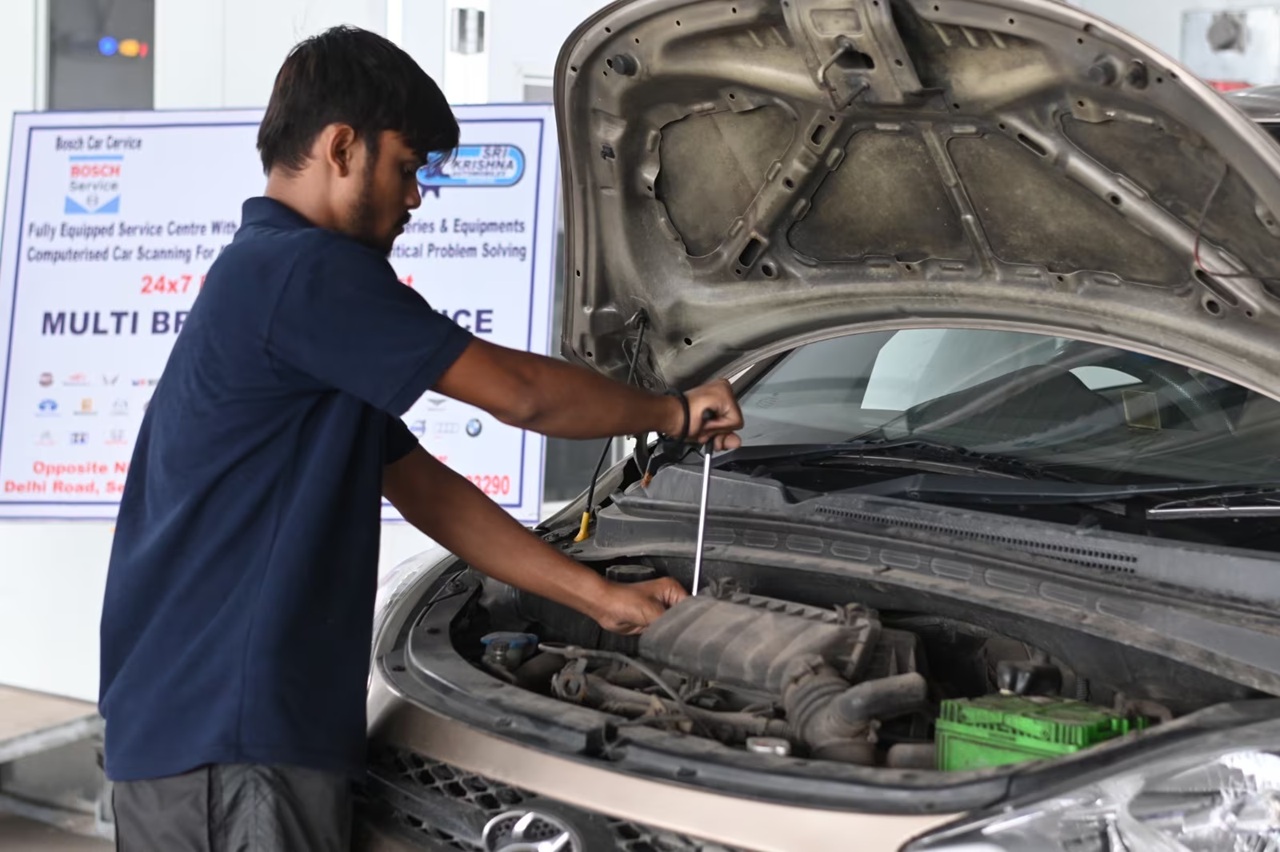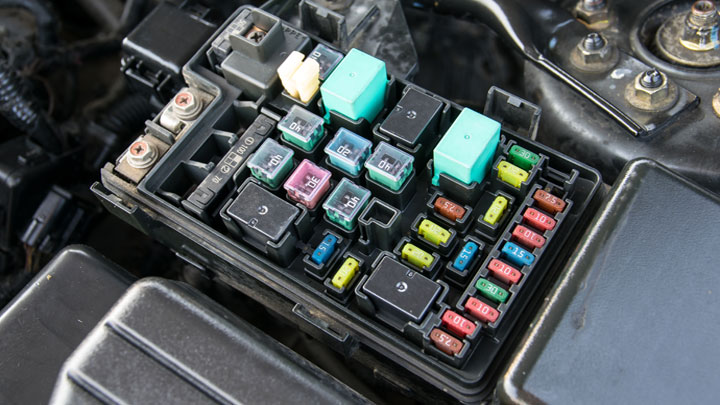Modern cars have many control buttons on the steering wheel. These buttons help drivers operate the audio system, phone, cruise control, and other features. Steering wheel controls improve convenience and safety while driving. However, these buttons and their connections can wear out or fail over time. Regular professional inspections keep these controls working properly. This prevents accidents and ensures that all systems respond when needed. Service centers offer different tiers to help drivers maintain these controls well. Understanding the progression of services can guide clients to the right care.
Basic Visual and Functional Check
The first service tier focuses on a basic visual and functional inspection of steering wheel controls. Technicians examine the buttons and switches for physical damage or wear. They check if buttons stick, feel loose, or fail to respond. At this stage simple cleaning can improve button feel and function. Technicians test the controls to confirm that signals reach the car’s systems correctly. This service is ideal for drivers noticing minor problems or who want preventive care. It helps catch early signs of button malfunction before they worsen.
Wiring and Connection Testing
The second tier involves a deeper inspection of wiring and electrical connections. Technicians access the steering column to examine the wiring harnesses that connect buttons to the vehicle’s electronic control units. Loose or damaged wiring can cause erratic button behavior or total failure. Testing tools help identify shorts, breaks, or corrosion inside wires or connectors. Repairing wiring faults restores reliable communication between buttons and vehicle systems. This tier is necessary for cars showing inconsistent button response or electrical glitches. It ensures that wiring issues do not create unsafe driving conditions. There comes the use of the Auto Repair in Aurora, Co based service.
Software and Control Module Diagnostics
The third tier includes diagnostics of software and control modules linked to steering wheel buttons. Modern vehicles use electronic control modules to interpret button presses and activate corresponding systems. Technicians connect diagnostic devices to check for error codes or software faults. Updating software or resetting modules can fix bugs causing buttons to behave incorrectly. This service tier is important when controls respond incorrectly or certain features do not activate. It helps maintain seamless integration of steering wheel controls with vehicle electronics.
Button Replacement and Recalibration
The fourth tier covers physical replacement and recalibration of faulty buttons or switches. When buttons become worn, damaged, or unresponsive, replacement is the best solution. Technicians remove the old buttons carefully and install new factory-grade components. After replacement recalibration ensures that new buttons communicate accurately with control modules. This tier restores original performance and reliability to steering wheel controls. It suits drivers who experience frequent button failures or need a complete control refresh.
Regular professional inspection of steering wheel controls keeps drivers safe. Basic checks catch early button wear and keep systems responsive. Wiring and connection testing prevent electrical faults that can disrupt controls. Software diagnostics solve hidden module issues that affect button behavior. Button replacement and recalibration restore proper function when physical wear occurs. Complete system overhaul renews all control components for top performance. Service tiers offer a clear path for drivers to maintain steering wheel controls.





